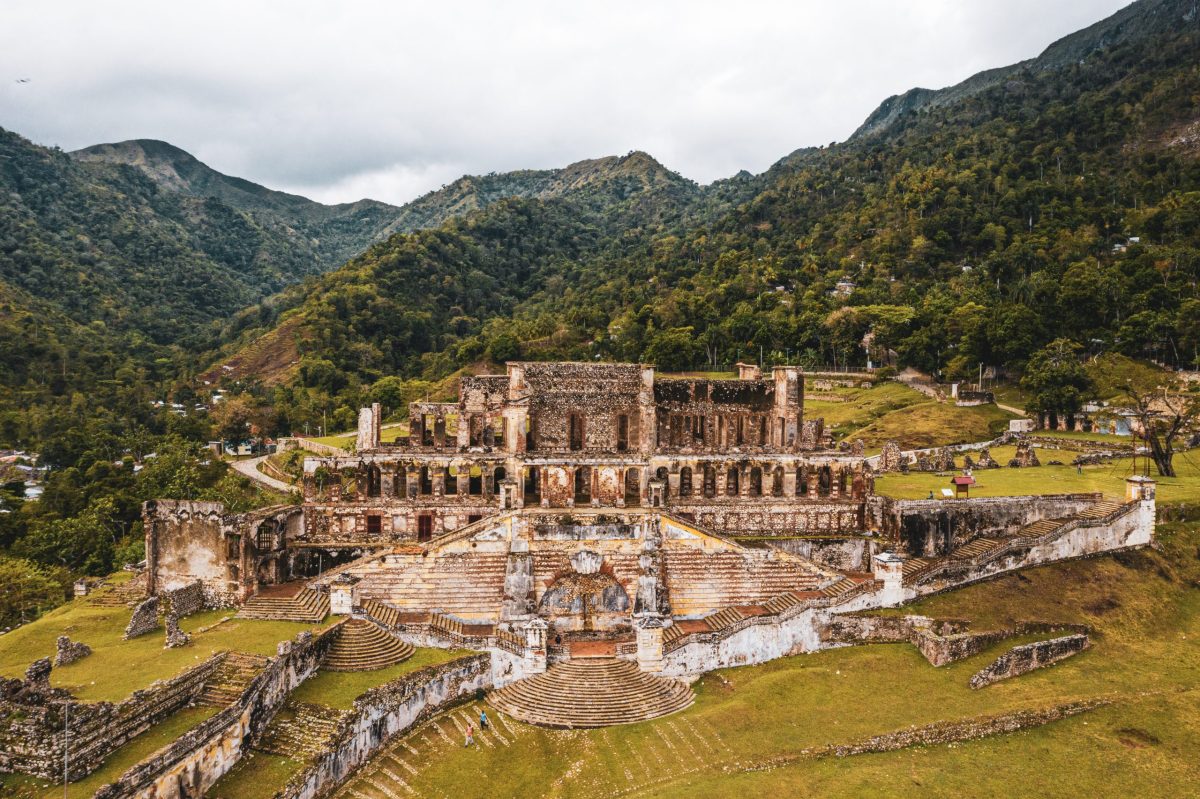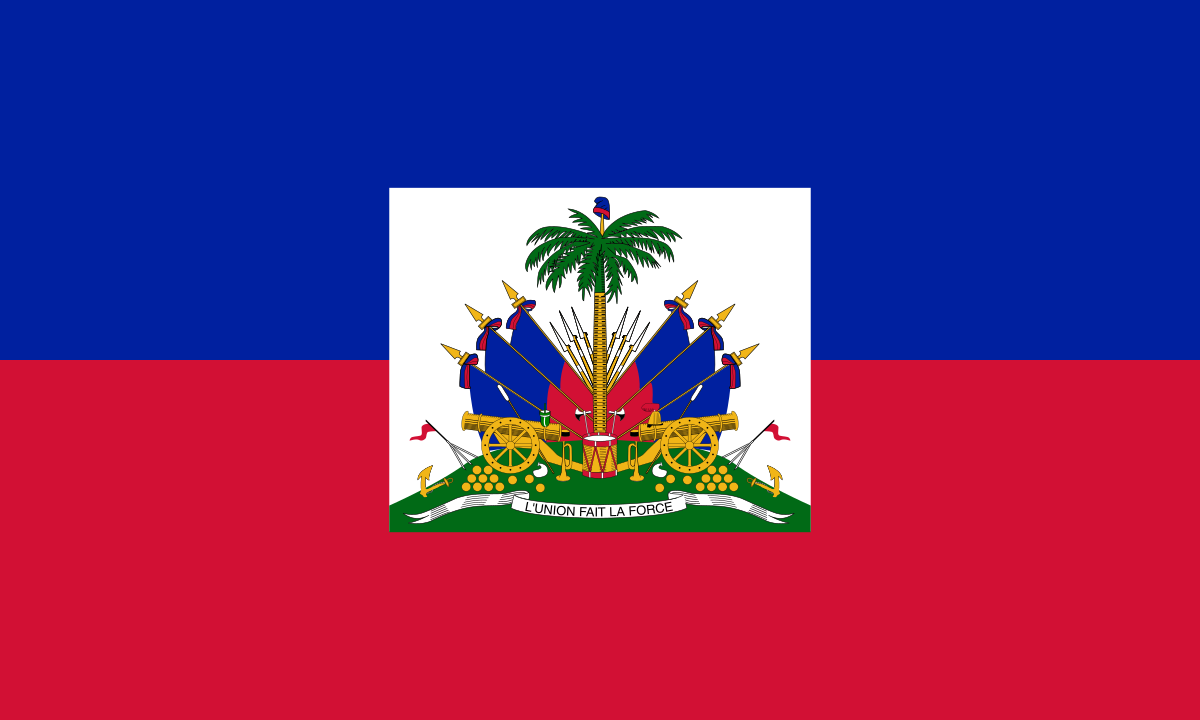Country profile

Location
Haiti is a Caribbean nation occupying the western third of the island of Hispaniola, bordered by the Dominican Republic to the east. It is surrounded by the Caribbean Sea to the south and west and the North Atlantic Ocean to the north. The country's terrain features rugged mountains, fertile plains, and a long coastline with major ports such as Port-au-Prince, Cap-Haïtien, Les Cayes, and Gonaïves. These ports serve as vital gateways for trade, fisheries, and regional shipping routes. Port-au-Prince is the capital and main administrative center.
Language
The official languages are Haitian Creole (Kreyòl Ayisyen) and French. Haitian Creole is spoken by nearly all Haitians, while French is primarily used in government, education, and formal communication. Both languages reflect the country's cultural heritage and historical ties to France and West Africa.
Government
Haiti is a unitary semi-presidential republic. The President serves as Head of State, while the Prime Minister acts as Head of Government. Legislative power is exercised by a bicameral National Assembly composed of the Senate and the Chamber of Deputies. The government functions under the 1987 Constitution, emphasizing democratic governance and national sovereignty.

History
Haiti declared independence on January 1, 1804, becoming the first free Black republic and the second independent nation in the Americas after the United States. Led by Toussaint Louverture and Jean-Jacques Dessalines, the Haitian Revolution ended centuries of colonial rule and slavery. Haiti's history is marked by resilience, cultural richness, and a continuing commitment to freedom, equality, and national pride.
"L'Union Fait La Force"
The national motto of Haiti — "Unity Makes Strength" — reflects the country's enduring spirit of solidarity and independence.
Flag
The national flag of Haiti consists of two equal horizontal bands — blue above red — with a white panel at the center featuring the coat of arms. The emblem shows a palm tree topped with the Phrygian cap of liberty, surrounded by cannons, drums, and national flags. Blue represents the union of Black Haitians, red symbolizes the blood shed for independence, and the emblem reflects freedom, resilience, and national unity.
